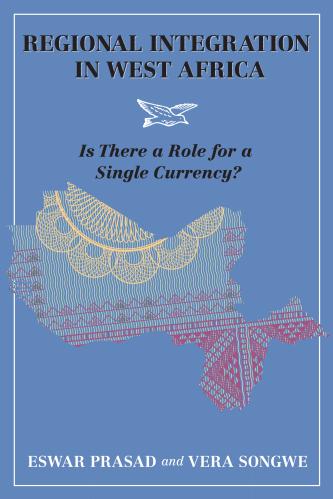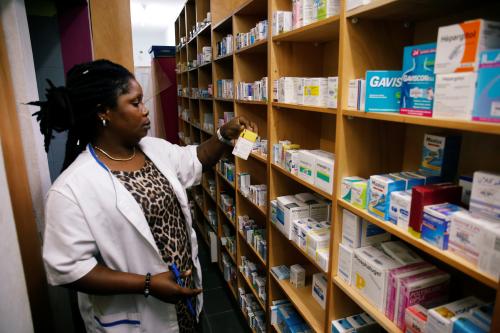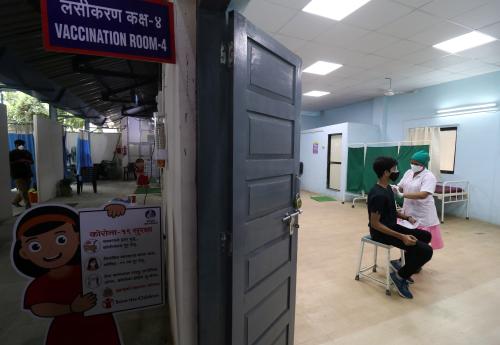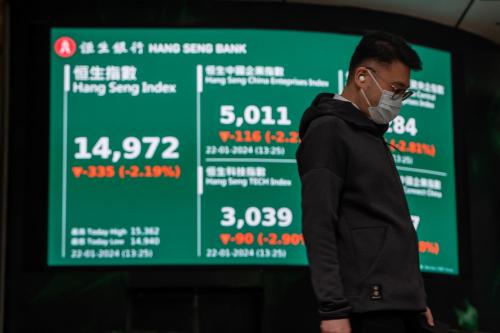By May 9, 2021 India accounted for 57 percent of new COVID-19 cases anywhere in the world.
This phenomenon rippled through the interconnected economies of the world, including those in Africa. Indeed, India has risen over the past decade to become Africa’s third most important trading partner, after the European Union and China. In fact, the African market is precariously dependent on Indian suppliers for certain products, notably pharmaceuticals and rice. This is especially the case of East Africa, in which 35 percent of pharmaceutical imports come from India, and 20 percent of rice.
As India’s second COVID-19 wave raged, a concern for African countries has been the potential for economic and trade-related spillovers channeled through these trade sensitivities. There is a precedent. At the start of the pandemic, in April 2020, Indian rice traders were forced to suspend exports amid disruptions to transport links, and maritime shipping and production bottlenecks caused by lockdown restrictions imposed to suppress the spread of the virus. In a United Nations Economic Commission for Africa (UNECA) survey of African businesses across the continent in July 2020, companies reported switching suppliers as a result of sourcing disruptions, with 56 percent finding equivalent products and favouring national and regional suppliers.
Fortunately, the supply-side disruptions seen in early 2020 have not substantively materialized, but the recent soaring numbers in India have complicated things for the continent. Indeed, India is more than your average country in the face of a health pandemic and is also quite notably the “vaccine factory of the world.” In being forced to redirect COVID-19 vaccine exports domestically to fight its current outbreak, India is estimated to have left COVAX with a shortfall of 190 million doses by just the end of June.
Though countries across the world are also facing the vulnerabilities of having been too dependent on Indian vaccine supplies, it is developing and least-developed countries that are most dependent on COVAX and have already fallen behind in vaccination rates. According to WHO Africa, while the world—as of mid-June—had administered 29 doses per 100 people, African countries had managed just 1.5 doses per 100 people. (Note that this Africa figure excludes Morocco, which is an outlier on the continent as a large economy with an exceptionally high vaccination rate.) A scenario is emerging in which well-vaccinated rich countries like Israel, the United States, and the United Kingdom begin reopening their economies while African and other developing countries face persisting lockdown restrictions and stifled economic recoveries.
The Indian outbreak exacerbates this uneven recovery scenario. Of the vaccine doses received in Africa as of mid-May, by the time Indian supply disruptions had begun, almost one-half were from COVAX, with bilaterally negotiated supplies accounting for most of the remainder and AVATT deliveries expected in significant quantities only in the third quarter of 2021. In turn, in the three rounds of COVAX allocations the vast majority of doses (237 million) have been of the Oxford-AstraZeneca vaccine, almost all of which were made by the Serum Institute India. Only 15.4 million have been Pfizer-BioNTech, produced in a number of other sites outside India. The need to redirect Indian vaccines is estimated to have left COVAX with a shortfall of 190 million doses.
With vaccine exports from India banned until at least October, supply shortages in the COVAX initiative are likely to substantively delay the African vaccine drive and, in turn, any end to the pandemic on the continent.
Fortunately, Africa is not helpless. Over the short-to-medium term it will be important for African countries to consider diversifying vaccine supplies. Strategies might include raising the number of approved vaccines in supply portfolios and diversifying acquisition channels, contracted manufacturers, and the geographical mix of suppliers. The 870 million vaccine doses pledged to COVAX by the G-7 at their meeting in June is a welcome start.
Over the medium to long term, African countries must increasingly look to local manufacturing of vaccines. With momentum shifting behind a World Trade Organization waiver on intellectual property rights protections for vaccines, African countries may have opportunities for expanding and ramping up vaccine production on the continent. Doing so may help African countries to fight the COVID-19 pandemic with additional vaccine supplies, once this capacity comes online, but it could also prepare capacity for other future and ongoing health challenges beyond COVID-19. In fact, progress is already underway: The Institut Pasteur in Dakar, Senegal, with support from a number of donors, is constructing a facility that aims to produce 25 million doses monthly by the end of 2022.
The collective impact on African economies
The effects of trade spillovers, disrupted vaccine supplies, and the emergence of a new highly transmissible variant have been incorporated into an updated version of the UNECA macroeconomic model to assess the impact of the Indian second wave on the aggregate African economy. The situation is rapidly developing, and such estimates are best considered initial approximations among considerable uncertainty.
Initial UNECA estimates show that the outbreak of the delta COVID-19 variant in India is forecast to reduce Africa’s GDP growth by 0.5 percentage points in 2021 and a further 0.1 percent in 2022. These drops amount to approximately $13.5 billion in lost economic output in 2021 alone. Delayed recovery in labor markets and external demand due to the surging COVID-19 cases (with resulting persistent lockdowns) are the key drivers that will drag down economic activity. The pandemic outbreak will also reduce labor supply and labor participation rates as governments tighten restrictions. Rising unemployment, declining incomes, and growing poverty induced by the new wave further necessitate accelerated vaccination to reduce the impact of the Indian wave on the African continent.
New courses out of crisis?
As the “vaccine factory of the world,” India’s need to refocus vaccines toward its own COVID-19 crisis has greatly exacerbated the challenges of vaccine access in Africa. In the words of Ngozi Okonjo-Iweala, director-general of the World Trade Organization, “We have now seen that over-centralization of vaccine production capacity is incompatible with equitable access in a crisis situation” and that “regional production hubs, in tandem with open supply chains, offer a more promising path to preparedness for future health crisis.”
This is exactly the course of action African governments must see through to improve vaccination rates across the continent and bring forward an end to the crisis. The Indian second COVID-19 wave has reaffirmed the agreement of the African Union Heads of State at the Africa CDC’s vaccine-manufacturing summit on the need for “establishing a sustainable vaccine development and manufacturing ecosystem in Africa.”











Commentary
What India’s COVID-19 crisis means for Africa
July 22, 2021